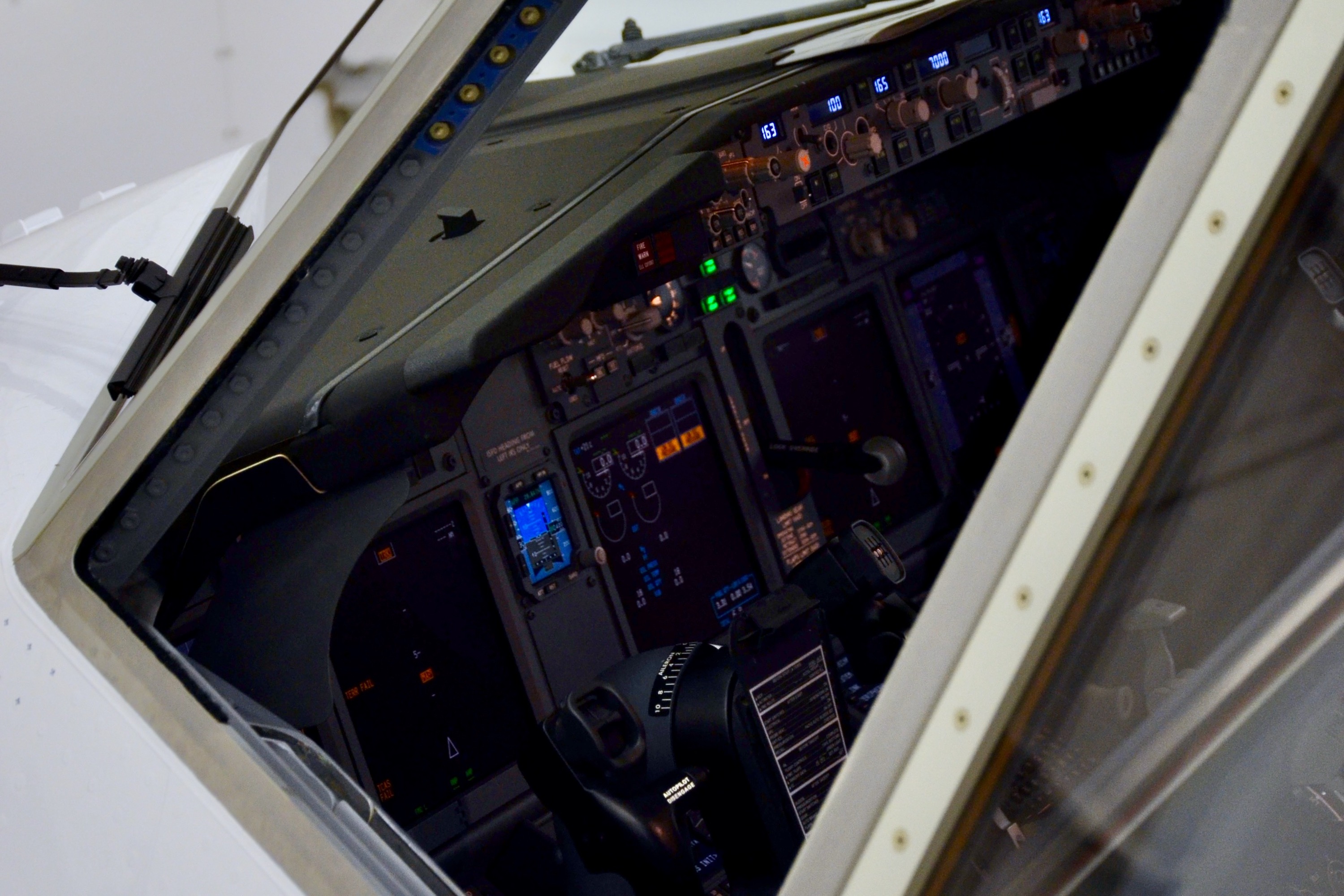Log-in here if you’re already a subscriber
On May 11, 2022, the United States Bureau of Labor Statistics (BLS) issued its highly anticipated and economically impactful report, its measurement of the country’s spiking inflation.
The news was not great. Top-line inflation climbed 8.3% versus April 2021 which was slightly lower than March’s 8.5% – still alarmingly high. Within the total inflation numbers were various pockets of rapid cost increases the BLS thought important to highlight, including food, new vehicles, shelter, and airline fares.
The BLS noted that the index for airline fares rose sharply, up 16.8% in April, in what it declared “the largest 1-month increase since the inception of the series in 1963” even as gasoline products fell more than six percent.
Read: The pilot shortage is spreading beyond the regional airlines
The number of U.S. passengers remains below 2019 levels, even as planes fly full with record fares, anticipated as part of our 2022 forecast. The supply-demand equation has been thrust out of balance, with record fares betraying a dearth of capacity. Airlines simply cannot deploy enough seats.
Even with sufficient aircraft, attention turns to the pilots (or lack thereof) to deploy those seats. The result is an 18 percent spike in airfares over one month as airlines scramble to find the flight crews to meet the renewed passenger demand. The pilot shortage is now affecting the world’s largest economy.
Following part one of our analysis examining the current causes of the pilot shortage, TAC Analysis turns its attention to what is next, and just how the shortage may play out, affecting the U.S. airline industry and the traveling public.
Subscribe to continue reading...Subscribe to Continue Reading
Our award-winning aerospace reporting combines the highest standards of journalism with the level of technical detail and rigor expected by a sophisticated industry audience.
- Exclusive reporting and analysis on the strategy and technology of flying
- Full access to our archive of industry intelligence
- We respect your time; everything we publish earns your attention


